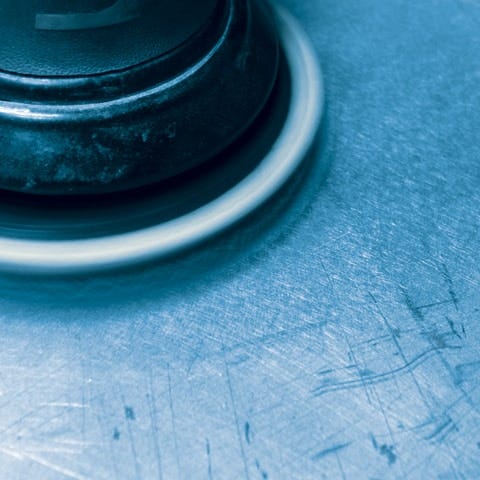Applications
Cutting, Stock Removal & Deburring
ARC offers a wide range of products for weld blending, removal of material, grinding, and deburring applications on various metal substrates. Thin cutting discs perform fast and accurate cuts on steel, stainless steel, aluminum, and other non-ferrous materials.
PREDATOR delivers premium performance with top-tier gram removal in grinding and deburring applications. PREDATOR is ARC’s premier abrasive line, delivering the highest performance-to-cost ratio of any abrasive in the market.
View Available Products


Surface Preparation & Blending
ARC's broad offering of products for surface preparation and blending meets the market’s increasing demand for accurate finishes involving both technical and aesthetic requirements. ARC offers a range of highly efficient products used in a variety of blending, light deburring applications, and removal of flash or parting lines in many industries.
View Available Products
Finishing
ARC’s expertise and vast experience in product development led to the creating of a wide range of abrasives for finishing, cleaning, polishing, and masking on all metal substrates.
Z-WEB represents ARC’s family of top-performance, three-dimensional, non-woven products offering speed and precision for worry-free applications on Stainless Steel, Aluminum, Non-Ferrous Materials, Titanium, and Exotic Alloys.
Z-WEB products allow strict control of dimensional tolerances and prevent overheating and discoloration. Special formulations prevent the risk of smearing, leaving surfaces clean and ready for further plating, painting, or final presentation.
View Available Products
